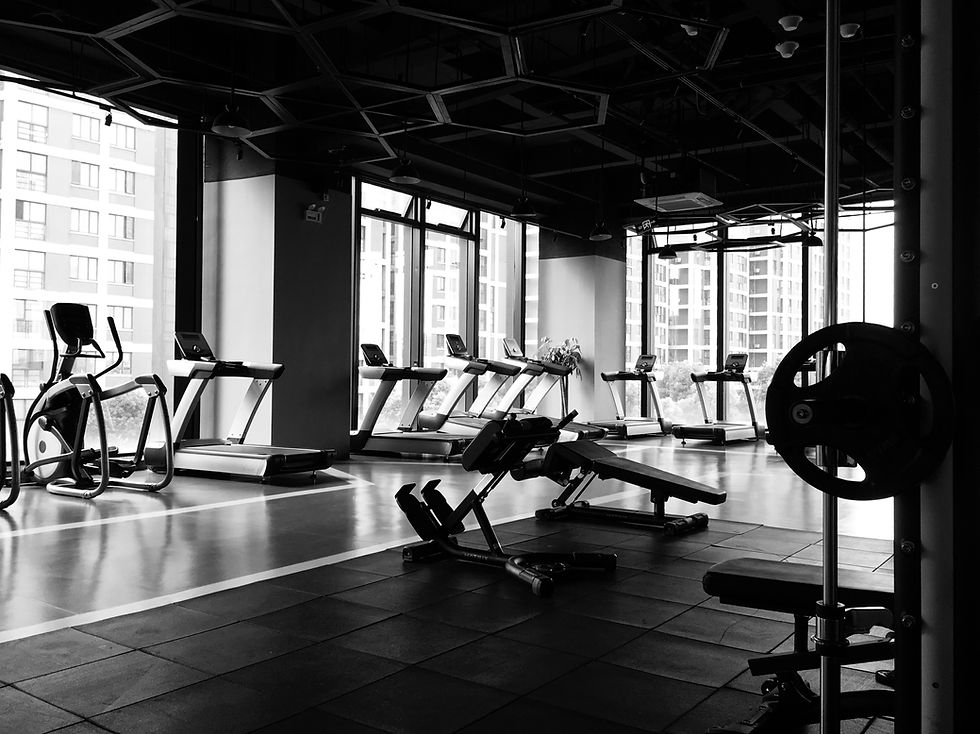Prevent Shin Splints
- Kathie Owen

- Apr 1, 2019
- 2 min read

Shin splints are that pain you get in the front of your leg, between the knee and the foot. They are caused by high impact activity where your foot is pounding the ground and usually mean you have little to no flexibility in your calf muscle (back of the leg) and/or weak and inflexible ankles. You can get shin splints in one or both of your legs. Shin splints can be prevented most of the time.
To prevent shin splints:
1. Wear supportive shoes. Experts agree that a typical shoe wears out at about 500 miles. You need a very supportive shoe with shock absorbers when you are going to be doing high impact exercises. Inserts help with this and so do supportive socks. Usually a shin splint is caused by an arch that “collapses” while running. An insert with extra support at the arch are fantastic.
2. Stretch. Inflexibility in the ankle and calf muscles are a typical cause for shin splints. It is important to stretch the calf and the ankle before, during and after exercise. The most important time to stretch this muscle is during the exercise. Warm up for a few minutes, go into a quick interval, and then stretch the ankle and calf.
3. Awareness. Become more aware of your steps by paying attention to how much impact you place on the ankle. Think “light steps” and begin to take it easy on your joints and make your muscle do the work.
4. Strength train. You can do exercises to strengthen the calf and prevent shin splints. Calf-raises with or without weights is one of the best.
Sometimes shin splints just happen due to over training or too much impact. Here is what you can do to ease the pain and heal:
1. Rest. Usually shin splints occur because you have over-trained. Rest the muscle until it heals. If you are training for an event you can always switch to a non-impact activity until it heals. Some great examples of no impact to low impact exercise are water exercise, water jog, bike, or elliptical.
2. Ice. Ice will prevent swelling which worsens the pain. The best thing to use for icing an injury is frozen peas. I had a doctor who worked with professional hockey players recommend this and I can tell you it works. Peas will not freeze your skin like an ice pack will. And peas are the right size of frozen particle to provide the coolness your aching muscles need.
3. Add support. There are all types of support now days for shin splints. You can even purchase a shin brace that goes around the leg. It looks like a knee brace with straps that go across the front of the leg. Of course, as I mentioned earlier, you can purchase support for your shoes and even socks that will support your feet and prevent shin splints.
4. Non-steroid pain reliever. If your doctor permits it you can take Advil, Tylenol, or aspirin to relieve the pain and decrease swelling.








Comments